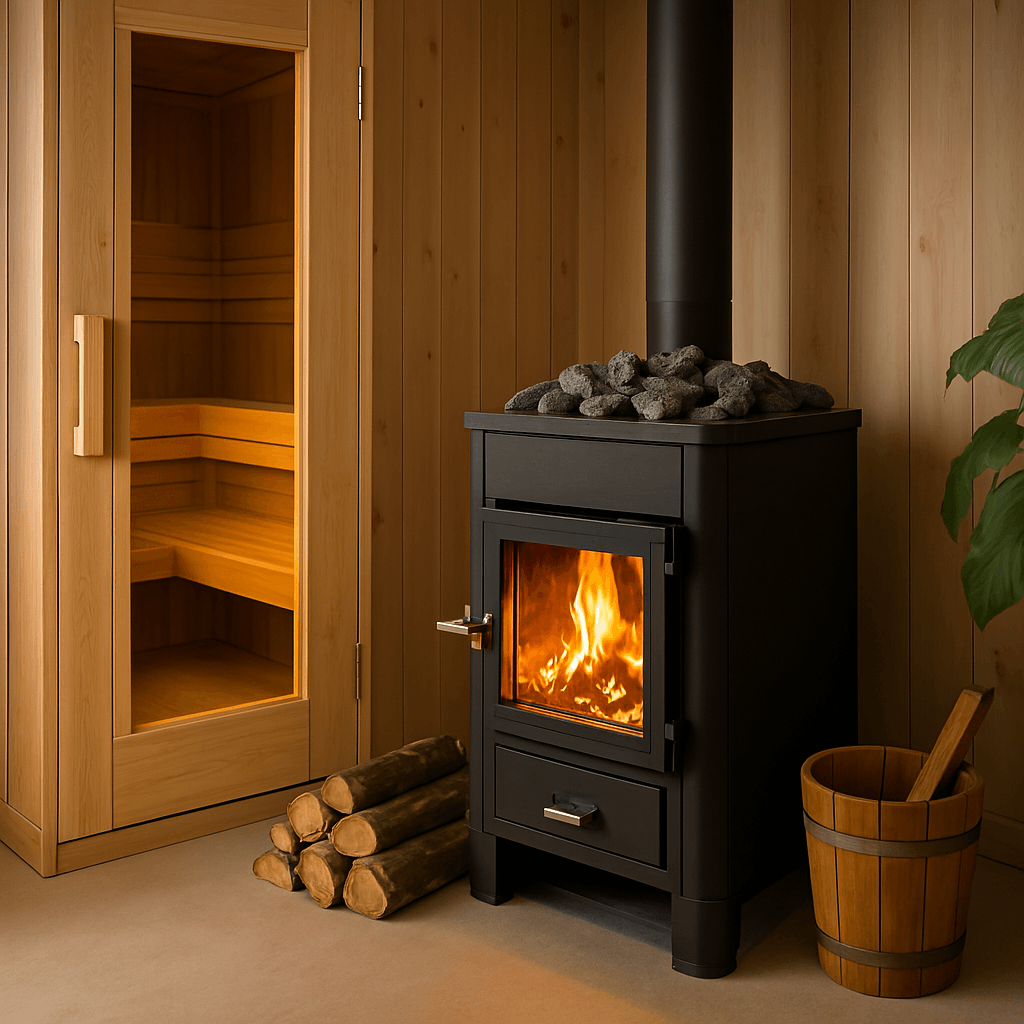The Truth About Infrared Sauna EMF Levels: Are Low-EMF Saunas Worth It?
Infrared saunas are widely recognized for their health benefits, but one key factor that often raises concern is electromagnetic field (EMF) exposure. Many sauna manufacturers now advertise low-EMF or ultra-low-EMF models, but what does this actually mean? How are EMF levels measured, and do lower levels justify the extra cost? This guide breaks down everything you need to know about infrared sauna EMF levels to help you make an informed purchasing decision.
What Are EMFs and How Do They Affect the Body?
What Is EMF?
Electromagnetic fields (EMFs) are invisible areas of energy emitted by electronic devices, including infrared sauna heaters. EMFs come in different types:
-
Extremely Low Frequency (ELF) EMFs – Found in power lines, electrical wiring, and household appliances.
-
Radiofrequency (RF) EMFs – Used in wireless communications like cell phones and Wi-Fi.
-
Infrared Saunas Emit ELF EMFs – Generated by the sauna’s electrical components and infrared heaters.
How Do EMFs Interact with the Body?
-
High levels of EMF exposure have been associated with potential health concerns, including oxidative stress, sleep disturbances, and neurological effects.
-
The human body absorbs EMFs, but at low levels, they are generally considered non-harmful.
-
Regulatory bodies like the WHO and ICNIRP state that exposure within established guidelines does not pose known health risks.
How Are EMF Levels Measured in Infrared Saunas?
EMF exposure is measured in milligauss (mG) for ELF fields. Industry benchmarks for safe exposure include:
| EMF Level | Measurement (milligauss) | Safety Assessment |
|---|---|---|
| High EMF | >10 mG | Potentially concerning at prolonged exposure levels |
| Medium EMF | 3-10 mG | Acceptable but not ideal for sensitive individuals |
| Low EMF | <3 mG | Generally considered safe for regular use |
| Ultra-Low EMF | <1 mG | Minimizes exposure to nearly undetectable levels |
To measure EMF levels, manufacturers or independent testers use gauss meters at different points inside the sauna, including where the user’s head, torso, and legs will be positioned.
Are Low-EMF Infrared Saunas Safer?
The Debate on EMF Exposure Risks
-
While no conclusive scientific evidence directly links low-level EMF exposure from saunas to health issues, some individuals prefer to minimize exposure as a precaution.
-
Certain health-conscious users, including those with electromagnetic hypersensitivity (EHS), report feeling discomfort or symptoms such as headaches from EMF exposure.
-
Low-EMF saunas reduce potential risks while still delivering the health benefits of infrared therapy.
Why Are Low-EMF and Ultra-Low-EMF Saunas More Expensive?
Manufacturers invest in specialized materials and shielding technology to lower EMF emissions. These include:
-
Carbon or ceramic infrared heaters engineered for minimal EMF output.
-
Wiring shielded with EMF-blocking materials to reduce emissions from electrical components.
-
Strategic placement of heaters to minimize EMF exposure in user seating areas.
Health Benefits of Different EMF Levels in Infrared Saunas
Low-EMF vs. High-EMF Sauna Sessions
While both high- and low-EMF infrared saunas provide benefits, those with minimal EMF exposure may offer advantages for certain individuals:
| Health Factor | High-EMF Saunas (>10mG) | Low-EMF Saunas (<3mG) |
| Detoxification | ✔ Enhances sweating and toxin elimination | ✔ Same benefits, but with reduced EMF exposure |
| Circulation Boost | ✔ Increases blood flow and cardiovascular health | ✔ No impact from lower EMFs |
| Muscle Recovery | ✔ Helps reduce inflammation and soreness | ✔ Same benefits, but some users prefer low EMFs |
| Stress Reduction | ✔ Relaxing effect | ✔ Lower EMFs may enhance relaxation for EMF-sensitive users |
| Sleep Quality | ❌ Some users report disturbances | ✔ Fewer complaints about EMF-related sleep issues |
Who Should Consider a Low-EMF Infrared Sauna?
-
Individuals with EMF sensitivity or health concerns.
-
Those looking to minimize exposure to electromagnetic fields as a precaution.
-
Wellness enthusiasts prioritizing holistic, toxin-free environments.

Are Low-EMF Infrared Saunas Worth the Extra Cost?
Cost vs. Benefits Breakdown
Low-EMF saunas are generally $500 to $1,500 more expensive than standard infrared saunas due to specialized components and engineering. Here’s how the costs compare:
| Feature | Standard Infrared Sauna (3-10 mG) | Low-EMF Infrared Sauna (<3mG) |
| Average Cost | $1,500 - $3,500 | $2,000 - $5,000 |
| EMF Shielding | ❌ Not included | ✔ Specialized shielding & heater placement |
| Health Benefits | ✔ Standard infrared benefits | ✔ Same benefits + reduced EMF exposure |
| Suitability | General wellness users | EMF-conscious users & holistic health seekers |
Final Verdict
-
If EMF exposure is a concern, a low-EMF sauna is worth the investment.
-
If budget is a priority, a standard infrared sauna still provides significant health benefits with minimal risks.
-
If you plan to use your sauna daily or for long sessions, reducing EMF exposure may be a valuable long-term decision.
Conclusion: Which Sauna Should You Choose?
When it comes to infrared sauna EMF levels, the choice depends on your health priorities and budget. ✔ For general wellness, a standard infrared sauna is sufficient. ✔ For those who prefer the lowest possible EMF exposure, investing in a low-EMF or ultra-low-EMF sauna makes sense.
Regardless of EMF level, infrared saunas provide immense health benefits, including detoxification, pain relief, and stress reduction. Be sure to research and select a reputable manufacturer to ensure both safety and performance in your sauna experience.
For expert recommendations on the best low-EMF infrared saunas, check out our latest reviews and buying guides!










Leave a comment
This site is protected by hCaptcha and the hCaptcha Privacy Policy and Terms of Service apply.